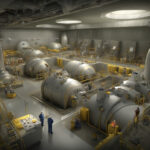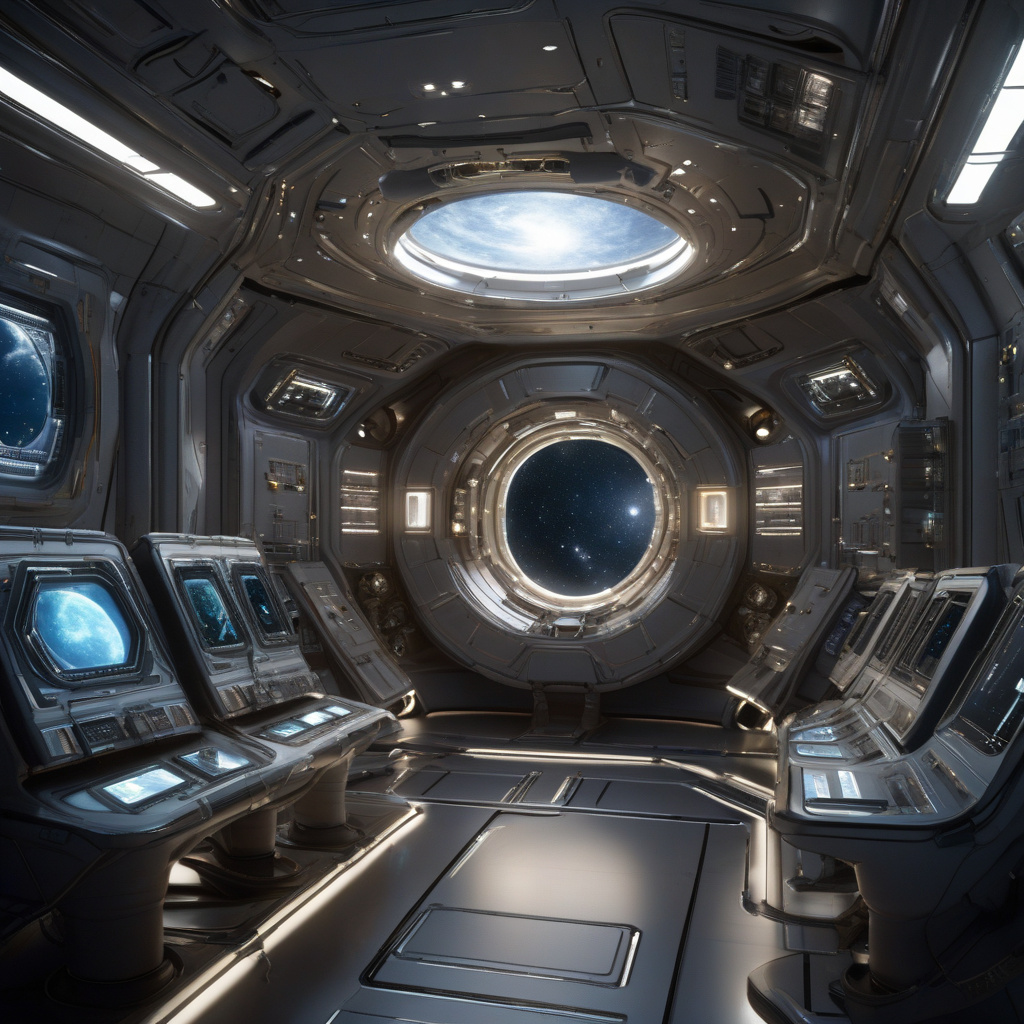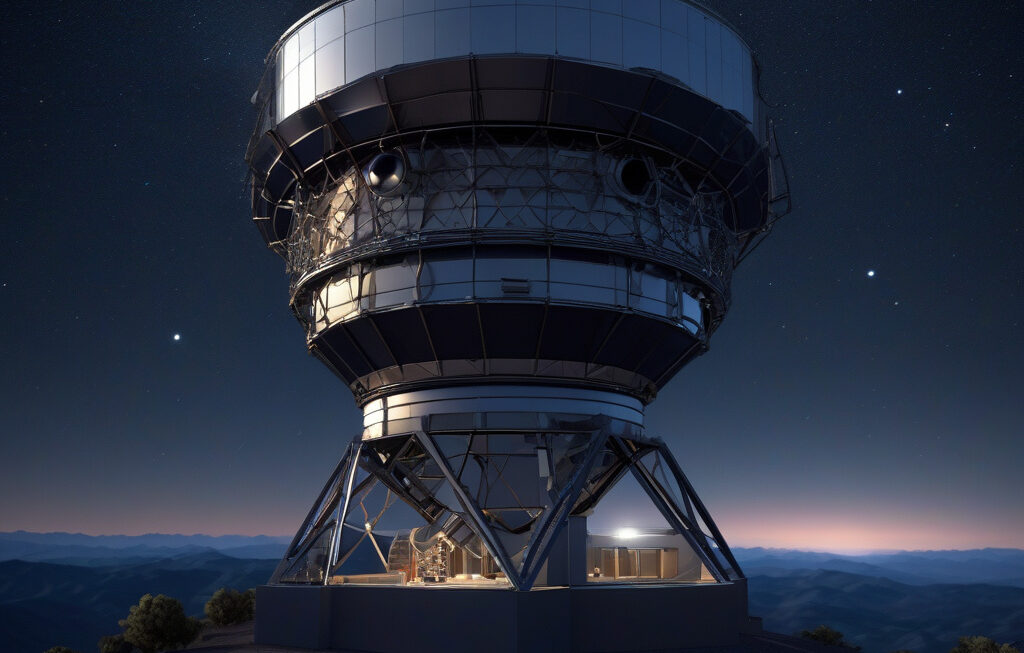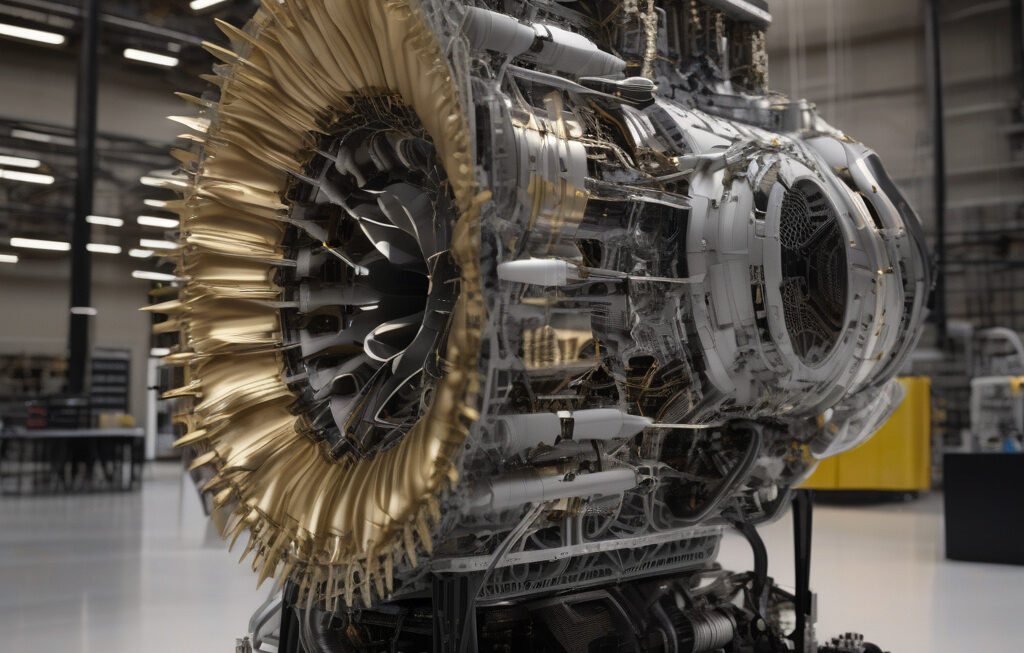Low-power magnetic system could improve oxygen generation for deep space missions
Who knew a small magnet could hold the power to fix one of space exploration’s most pressing challenges – oxygen generation for deep space missions? The innovative solution lies in a low-power magnetic system that has the potential to revolutionize how astronauts produce and utilize oxygen in space, ensuring their survival during extended missions beyond Earth’s atmosphere.
Traditionally, oxygen generation in space has relied on processes like electrolysis, which can be energy-intensive and bulky, presenting significant limitations for long-duration missions. However, a team of researchers at [insert institution] has developed a cutting-edge magnetic system that promises to overcome these barriers. By harnessing the power of magnets in a novel way, this technology offers a more efficient and compact alternative for oxygen generation in space.
At the heart of this breakthrough is the utilization of magnetic fields to manipulate oxygen molecules and facilitate their separation from other gases. This process, known as magnetic oxygen enrichment, enables the extraction of oxygen from available resources such as water or carbon dioxide with unprecedented efficiency. By reducing the energy requirements for oxygen generation, the magnetic system not only streamlines the process but also minimizes the overall weight and space needed for life support systems on spacecraft.
One of the key advantages of this low-power magnetic system is its scalability and versatility, making it suitable for various mission profiles and spacecraft sizes. Whether destined for the Moon, Mars, or beyond, astronauts can rely on this innovative technology to ensure a stable and sustainable oxygen supply throughout their mission. Furthermore, the compact nature of the system allows for easier integration into existing spacecraft designs, paving the way for seamless adoption by space agencies and commercial aerospace companies.
In addition to its practical benefits, the magnetic oxygen enrichment system also exemplifies the spirit of innovation driving the future of space exploration. By pushing the boundaries of traditional methods and embracing unconventional solutions, scientists and engineers continue to unlock new possibilities for human spaceflight. This technology serves as a testament to the ingenuity and perseverance of the scientific community in overcoming challenges and advancing our presence in the cosmos.
As we look ahead to the next era of space exploration, marked by ambitious missions to the Moon, Mars, and beyond, technologies like the low-power magnetic system offer a glimpse into the potential for sustainable and self-sufficient space travel. By reimagining the fundamentals of life support systems, we pave the way for a future where humanity can thrive beyond the confines of Earth, propelled by innovation and powered by ingenuity.
In conclusion, the development of a low-power magnetic system for oxygen generation represents a significant leap forward in enhancing the capabilities of deep space missions. By harnessing the power of magnets in a groundbreaking way, this technology offers a more efficient, compact, and versatile solution for ensuring astronaut safety and well-being in the harsh environment of space. As we continue to explore the cosmos, innovations like these will be instrumental in shaping the future of human spaceflight and expanding our presence beyond Earth.
space exploration, oxygen generation, magnetic system, deep space missions, innovation












